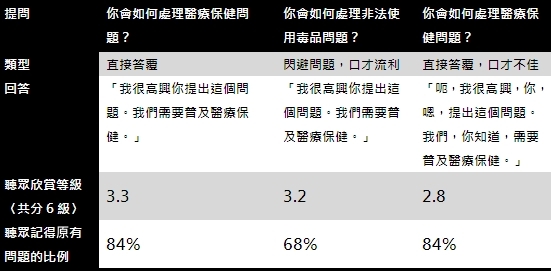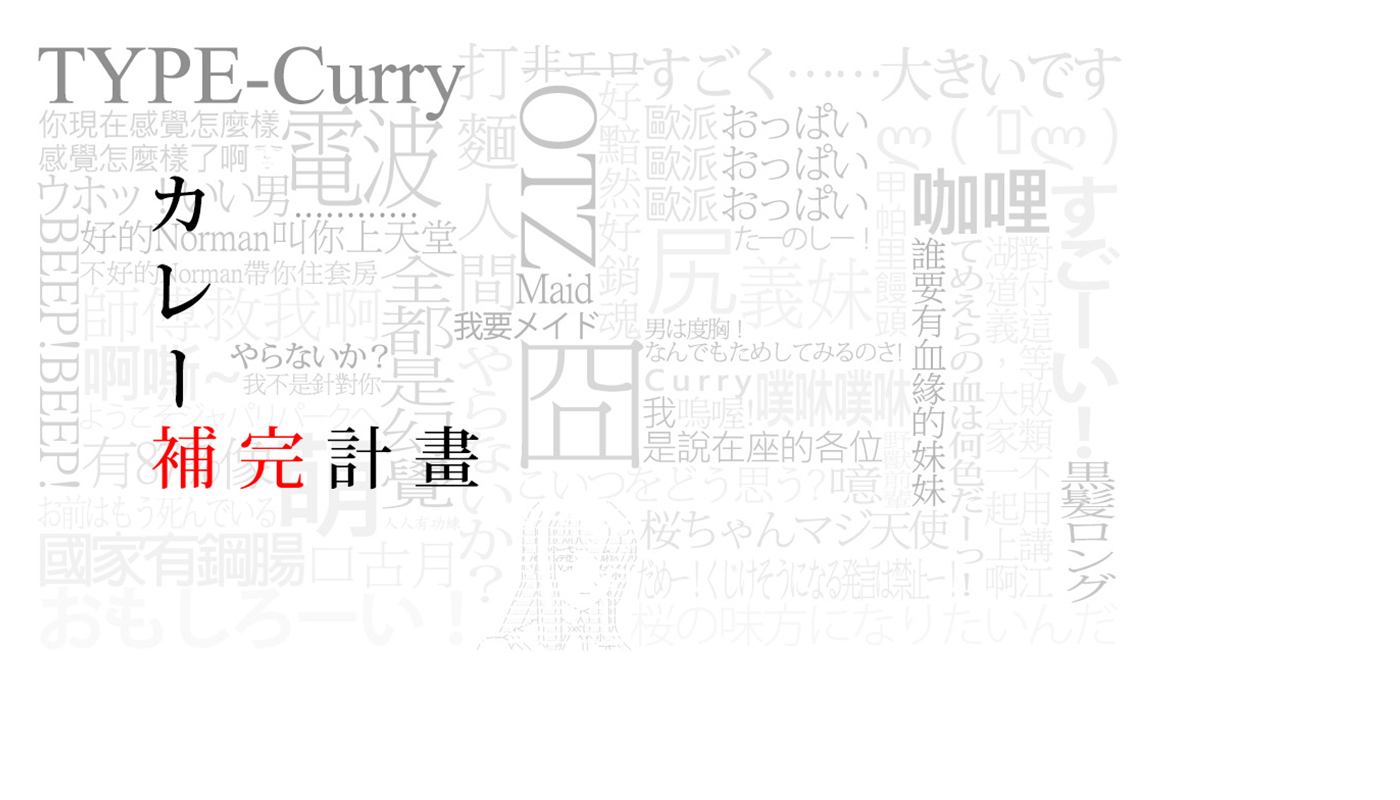這幾日在報紙和新聞中除了撲天蓋地的花博外,夾縫之中仍看的到些關於五都辯論的餘波盪漾,
雖然看起來似乎已經確定辦不了,但為了是誰害這事破局,卻還可再辯上好一陣子;
看到這些口水,不禁想起前幾日在11月份哈佛商業評論(Harvard Business Review)中所看到,
一份由Todd Rogers和Michael I.Norton所做的有趣研究”雄辯勝於實話“.
在這篇構想觀察,研究者指出在政治辯論會之中,由於聽眾對於提問之問題的記憶,
恐怕並不如想像的那般清楚;所以比起口才笨拙、期期艾艾的認真回應,
流利的答非所問、閃避問題核心─或許還可能更討觀眾喜歡!
(以下內容引述自People Often Trust Eloquence More Than Honesty – Harvard Business Review)
…..
…..Rogers: In our study, subjects found the candidate answering a similar but different question
just as trustworthy and likable as when he answered the original question. What’s more,
after hearing an artful dodge, subjects had much lower recall of the question asked;
in some of our studies, less than half could remember it accurately…..
…..Norton: But you had to be good at it, and you couldn’t be obvious.
When the candidate answered a completely different question,
he was penalized heavily and rated less likable and trustworthy. Interestingly, people were much
better at recalling the actual question in those cases…..
…..
…..Norton: The ratings are affected by these other factors. And that’s just the point.
Once we’re in an audience situation, many social cues start competing for our attention.
In these audiovisual presentations, substance tends to get underweighted…..
…..
…..Rogers: There are ways to counteract these effects. A simple way to increase recall of
questions and punish dodgers is to post the question on the TV screen while the person answers it.
Unfortunately, the networks don’t always do this well. They may ask a question like
“What will you do to create jobs in the domestic manufacturing sector?” and put “The Economy”
as a summary line on the screen. We speculate that this enables dodging…..
…..
…..Norton: It’s important to recognize transition devices.
The first 10 words of an answer are key to creating an artful dodge. You’ll hear phrases like
“That’s a good question” or “I’m glad you asked that.” We think these help prime the listener to
accept what comes next as relevant, but we still have to test that.
Rogers: We humans have finite attention. The more words there are in a transition,
the harder it is to make the cognitive link between the question and the answer.
That’s the mechanism we think underlies this…..
…..
(懶的看英文,可見訪談影片)
雜誌中對於各自回應方式的結果,做了一張圖表如下:
(改畫自哈佛商業評論,2010年11月號)
雖然像說服的中央路徑(central route to persuasion)&周邊路徑(peripheral route to persuasion)、
認知需求(need for cognition)或訊息貶損假說(discounting cue hypothesis)等一類研究,
都對溝通時的論證品質、環境線索等做了深入又廣泛的探討;但看到在不討論接收者類型的情況下,
閃避問題核心的油條講者,居然能比口才不佳卻認真回答的人得到更高評價,
想想還真是令人擔憂的事呢,畢竟台灣九成九的政治人物不都這附德性嗎!?
可惜五都辯論最後似乎是沒有要舉行了,前幾日看完這篇研究簡述,
原本還想說或許能就辯論內容,試著用另一個角度來預測call-in投票結果呢 ww
(雖然call-in投票也不怎麼準就是…..)

ㄟㄟㄟㄟㄟ
菜主席 我剛剛不是講過了嗎?
你沒有看我給的報告…
糟糕…..這要算是"流利的閃避問題",還是"口才不佳的直接回覆"呢!? XD